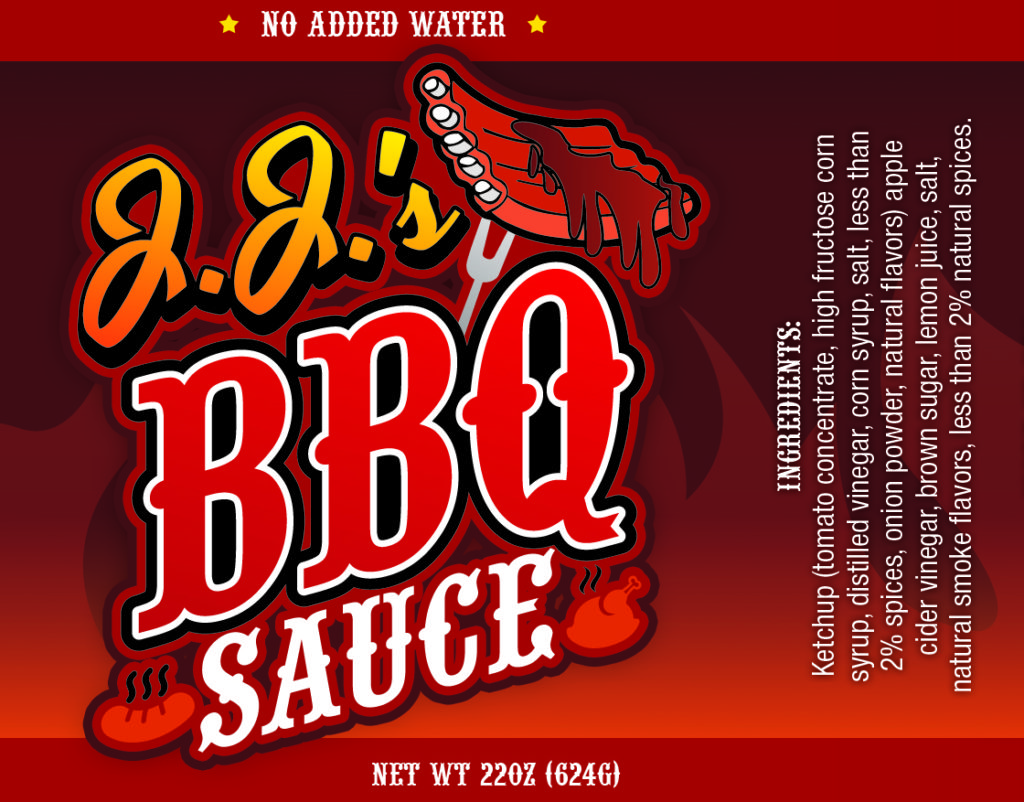
Keith Campbell of On the Edge visited the NRA trade show and got a surprise. No, not that NRA — the National Restaurant Association, where he was surprised to find servos and sensors and robots and 3-D printers on the trade show floor. On asking around, Campbell learned that “increasing complexity of the industry, lack of appropriately skilled workers, and rising minimum wage standards have been causing their phones to ring off their hooks as food service and restaurant operators seek to automate.”
From the point of view of the restaurant industry, it’s beginning to make a lot of sense to automate food packaging. Many restaurants are expanding into packaged foods for carry out, e-commerce, and even retail stores. There’s not much of a gap, as Campbell points out, between a small food production company bottling up small runs of barbecue sauce and a busy restaurant or coffee shop chain selling their special coffee blend to departing customers.
And there’s strong motivation to automate as much as possible within the restaurant. In an industry where margins are almost always low, restaurants are facing new financial challenges.
Fast food restaurants are threatened by employee demands to double wages for jobs that could realistically be done as well or better by machines. Minimum wage battles have centered on restaurant workers and especially fast food workers, because this is simply the only industry in America where many people work for minimum wage. Small restaurant owners don’t have the margins to provide $15.00 an hour for unskilled workers, but automation will allow them to operate with fewer, higher paid workers.
Franchises are often treated as large companies by cities that are increasing their minimum wage requirements, and nowadays most fast food and quick service restaurants are franchise-based. Even though they are owned and operated by individuals and may run the same profit margins as the mom and pop sandwich shop next door, franchisees may be required to pay twice as much for workers as that mom and pop shop. Once again, automation can come to the rescue.
Fine dining restaurants don’t have the economies of scale that less pricey places offer, and they too have to fight for their margins. With higher paid, more highly skilled workers, these companies may benefit from automation in the form of smart systems for music, lighting, and temperature, or even from table-side tablets that can take orders.
In Asia, robot cooking is coming into play.
Manufacturing is certainly leading the way in automation, but the fact that restaurants are following just shows how much more robots can do.
